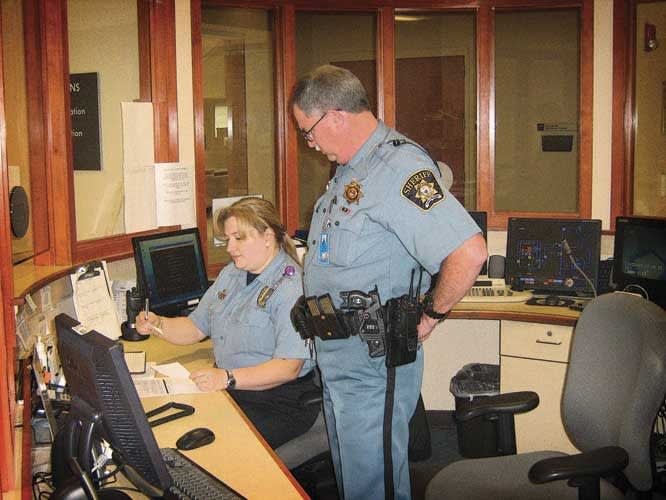Inmates at Douglas County Detention Center in Colorado are indeed being punished, but the deputies who work there don't style themselves as punishers. Rather, they work as enforcers and facilitators-maintaining order and teaching life skills that will hopefully reduce the number of "repeat customers" to the jail.
The newest program to take root there is Character First, a leadership training program developed by the non-profit Character Training Institute, located in Oklahoma City. The personal-integrity-based program introduces one ethics-related word per month-words like "endurance," "benevolence," and "truthfulness"-and has been adapted for law enforcement. Introduced into several jails and detention facilities in Oklahoma, Florida, New Mexico, and Colorado, it has reportedly resulted in a significant reduction in behavioral problems among inmate populations.











